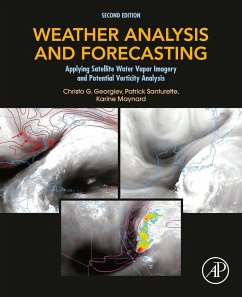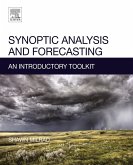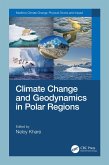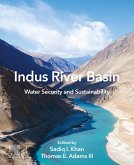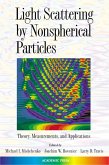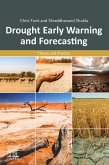Weather Analysis and Forecasting: Applying Satellite Water Vapor Imagery and Potential Vorticity Analysis, Second Edition, is a step-by-step essential training manual for forecasters in meteorological services worldwide, and a valuable text for graduate students in atmospheric physics and satellite meteorology. In this practical guide, P. Santurette, C.G. Georgiev, and K. Maynard show how to interpret water vapor patterns in terms of dynamical processes in the atmosphere and their relation to diagnostics available from numerical weather prediction models. In particular, they concentrate on the close relationship between satellite imagery and the potential vorticity fields in the upper troposphere and lower stratosphere. These applications are illustrated with color images based on real meteorological situations over mid-latitudes, subtropical and tropical areas.
- Presents interpretation of the water vapor channels 6.2 and 7.3µm as well as advances based on satellite data to improve understanding of atmospheric thermodynamics
- Improves by new schemes the understanding of upper-level dynamics, midlatitudes cyclogenesis and fronts over various geographical areas
- Provides analysis of deep convective phenomena to better understand the development of strong thunderstorms and to improve forecasting of severe convective events
- Includes efficient operational forecasting methods for interpretation of data from NWP models
- Offers information on satellite water vapor images and potential vorticity fields to analyse and forecast convective phenomena and thunderstorms
Dieser Download kann aus rechtlichen Gründen nur mit Rechnungsadresse in A, B, BG, CY, CZ, D, DK, EW, E, FIN, F, GR, HR, H, IRL, I, LT, L, LR, M, NL, PL, P, R, S, SLO, SK ausgeliefert werden.

